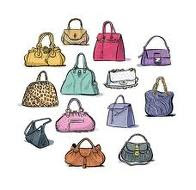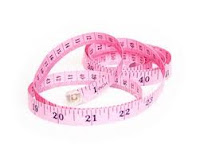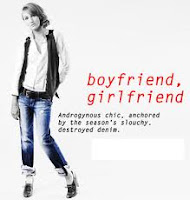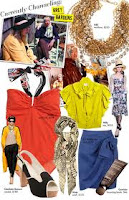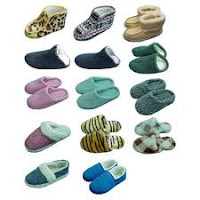 As sales of pyjamas soar, retailers are referring to “the slipper index.”
As sales of pyjamas soar, retailers are referring to “the slipper index.”It’s the time of year when thoughts usually turn to buying a cocktail dress and heels as the party season hits full swing. But this year it seems our priorities are a little different. Rather than splurging on clothes for going out, many of us are spending money on luxurious pieces for staying in. Certainly that’s the message from shop floors and online retailers. …
Wheeler attributed the term “slipper index” to popular UK department store John Lewis, and explained:
The theory is that sales of slippers and pyjamas increase in a downturn. There’s also the cold snap – not only are we going out less, we’re also investing in cosy clothes in a bid to stay toasty. As we’re spending more time on our sofas, we’re willing to spend more on staying-in wear – and splashing out on pieces in luxe fabrics, such as cashmere and silk.published on: Schott's Vocab
Read also:
Heel heights grow during Recession
Handbag Fashion
Nailphiles
Lipstick Effect
Going brow-less
Hemline Index



